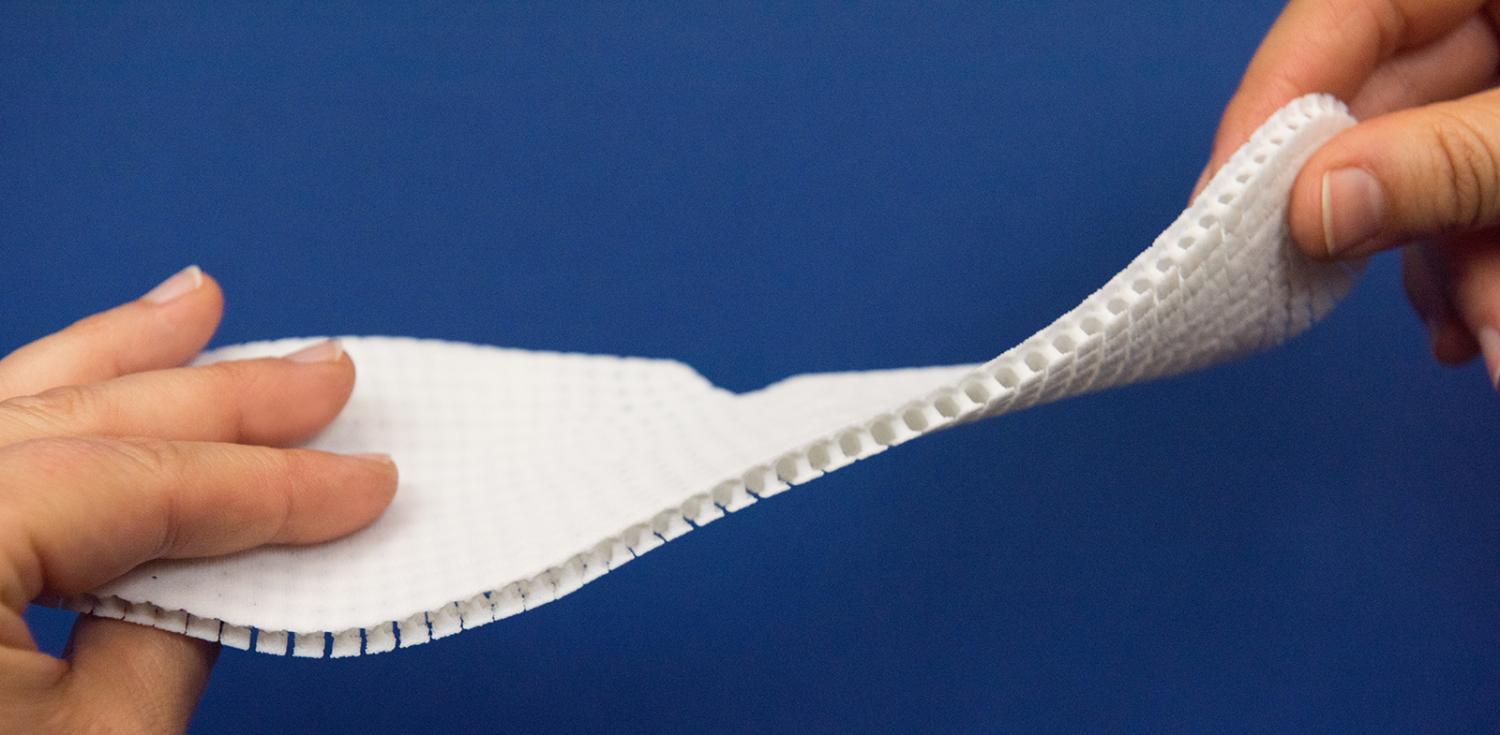
Researchers at Germany’s Fraunhofer Institute have developed a 3D printing technique to assist diabetes patients, but could this be a new category of application?
The researchers developed a process they call, “LAUF”, which is an acronym (in German) for “Laser Assisted Construction of Custom Footwear”. In other words, they can accurately produce insoles that perfectly match the contours of the subject’s feet. And as everyone knows, feet are an incredibly personal body component: you use them near constantly, and they handle virtually all of the stresses of gravity. They’re important!
But in some diabetes patients, there is a problem. The condition sometimes results in atrophied nerve endings in the limbs, including the feet. Such nerve endings are used normally to detect abnormal pressures caused by footwear that doesn’t exactly match the foot’s shape.
While a normal foot would signal to shift foot position, this may not occur in one with damaged nerves. Thus, in some patients, the foot remains in a bad position for too long and this can lead to abrasions, infections and worse.
The new “LAUF” generated insoles should partially resolve this situation, as there will be far less opportunity for abrasions. The shoes will simply fit better. Of course, this isn’t a complete solution, but it’s a big step in the right direction.
But this is a case of 3D printing providing a personalized item that resolves a medical issue, perhaps the first I’ve heard of aside from prosthetics. I’m wondering whether there are other analogous medical issues that might be resolved fully or partially through the use of personalized 3D prints.
Via PhysOrg

